In the world of construction, energy efficiency and sustainability are no longer just buzzwords; they’re essential components of modern building practices. As we move forward, these factors are only going to gain more prominence.
With increasing energy costs, climate change, and evolving homeowner preferences, the reasons to prioritize energy-efficient and sustainable building are abundant. In response to these evolving needs, building energy codes and voluntary program requirements are changing, challenging builders and building product manufacturers to up their game.
To stay ahead of the curve, it’s crucial to keep a close eye on updates to industry standards and guidelines, such as ENERGY STAR® Version 7.0 and LEED v5.
ENERGY STAR®: Leading the Charge in Energy Efficiency
Administered by the U.S. Environmental Protection Agency (EPA), ENERGY STAR® has been a driving force behind energy efficiency for decades. Its core concept is straightforward: the EPA establishes energy-efficiency criteria, and products meeting these criteria can proudly display the ENERGY STAR® label. This label serves as a trusted symbol for consumers and businesses, assuring them that the products they purchase will not only save energy but also reduce energy costs.
However, ENERGY STAR®‘s real strength lies in its ability to foster collaboration among governments, nonprofits, and businesses in the pursuit of energy efficiency. Marshal Livingstone, director of product marketing at JELD-WEN, highlights that this collaborative approach has been crucial. It unites various building product industries under one organization, helping to raise the bar collectively, communicate the importance of energy-efficient products to consumers, architects, and builders, and drive awareness.
Since its inception in 1992, ENERGY STAR®‘s cumulative impact has been remarkable. The United States has saved an astounding 5 trillion kilowatt hours of electricity, avoided over $500 billion in energy costs, and reduced greenhouse gas emissions by 4 billion metric tons. A significant update to ENERGY STAR® certification criteria for residential windows, doors, and skylights took effect on October 23, 2023.
This update, known as Version 7.0, particularly scrutinizes windows, doors, and skylights for their energy efficiency, with a focus on glass performance. Let’s take a closer look at evolving glass requirements.
The Role of Low-E Glass
Energy-efficient windows play a pivotal role in conserving energy, especially in residential and commercial structures. Approximately 35% to 45% of heat lost in homes during the winter months passes through windows, according to the U.S. Department of Energy. Therefore, the focus on gauging the energy efficiency of doors and windows primarily centers around the type of glass used.
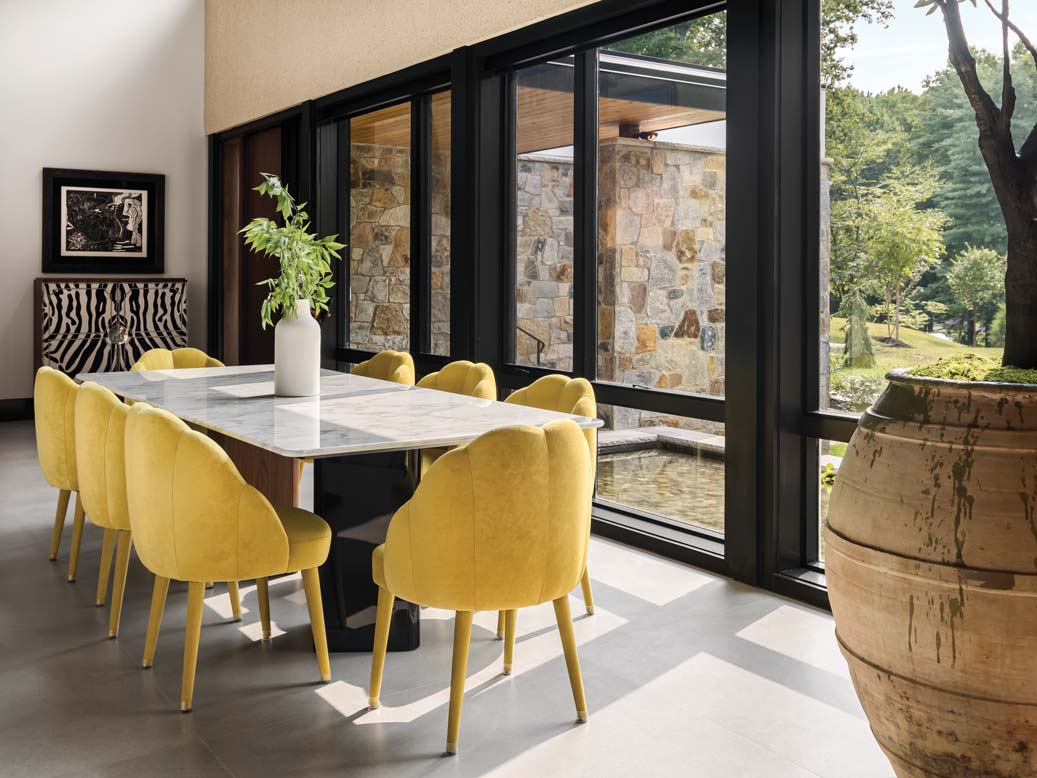
Low-E (low emissivity) glass coatings enhance the thermal performance of the glass while reducing solar heat gain. Furthermore, energy-efficient windows often feature multiple panes of glass separated by non-toxic gases such as argon or krypton to improve insulation.
The ENERGY STAR® updates, including Version 7.0, have been developed in collaboration with window and door manufacturers. To ascertain whether a product meets the new standard, builders can refer to its National Fenestration Rating Council (NFRC) rating, which includes metrics like U-factor, visible transmittance, solar heat gain coefficient (SHGC), and air leakage.
Meeting these stringent requirements not only ensures ENERGY STAR® certification but also contributes to improving the energy performance and sustainability of buildings.
LEED: Nurturing Sustainable Building Practices
While ENERGY STAR® primarily focuses on energy efficiency, the U.S. Green Building Council’s (USGBC) LEED certification offers a holistic approach to sustainable construction. For nearly 30 years, LEED has been a guiding light for creating healthy, efficient buildings while minimizing environmental impact.
LEED certification addresses not only energy efficiency but also emphasizes sustainable building materials, resources, and energy efficiency during construction as well as water conservation and indoor environmental quality. Initially designed for nonresidential buildings, LEED has expanded its scope to include single-family residential homes.
LEED certification offers builders and architects more than just a green badge of honor. It opens doors to tax credits, energy savings, and appeals to eco-conscious and cost-sensitive buyers. Homeowners are increasingly prioritizing energy-efficient and sustainable homes, making LEED certification a valuable asset for builders.
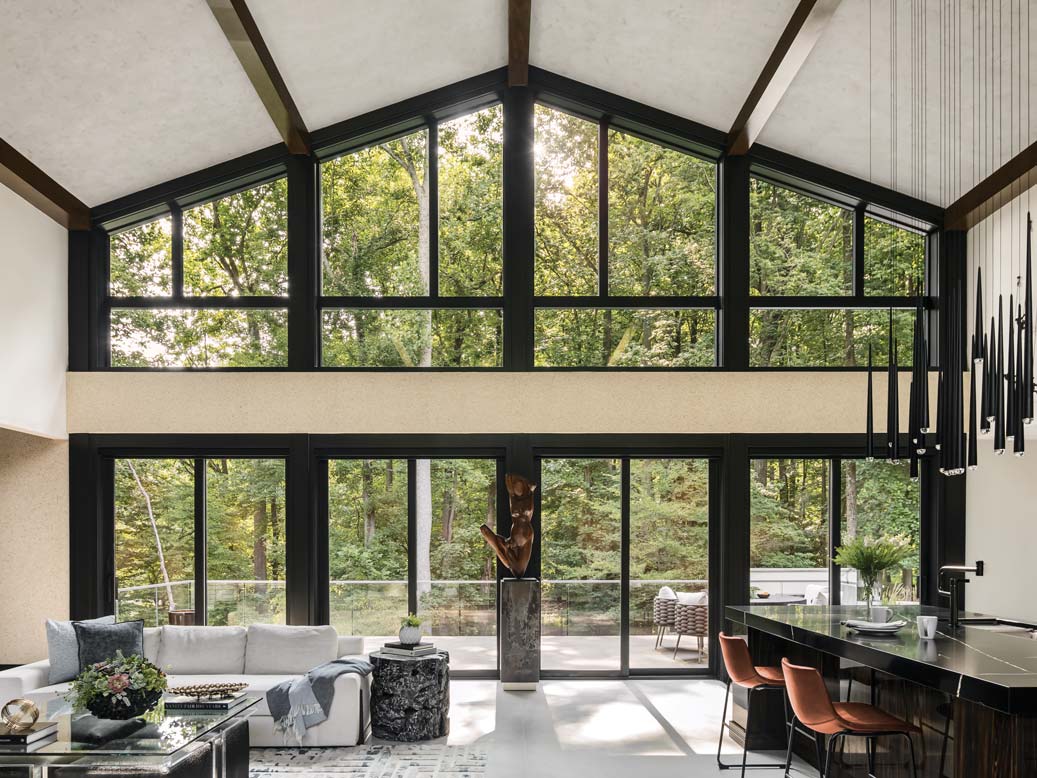
The Road Ahead: LEED v5
Recognizing the urgency of addressing climate change, the USGBC is actively working on an update to its certifications. The newest update, known as LEED v5, will focus on simplifying compliance, decarbonizing the building industry, and emphasizing resilient building practices.
Although specific policy changes are yet to be revealed, the overarching principles aim to reduce emissions and promote sustainability, aligning with the growing global concern about the environment.
Corporate Commitment to Sustainability
JELD-WEN, as an ENERGY STAR® Partner since 1998, has long been committed to energy efficiency. They have been recognized for their dedication to environmental responsibility, winning the ENERGY STAR® Manufacturer of the Year award multiple times. Their product offerings not only meet ENERGY STAR® certification requirements but also align with the more rigorous Version 7.0 criteria for windows, doors, and skylights.
JELD-WEN’s commitment extends beyond their product line. They have set ambitious environmental goals for 2050, including zero manufacturing waste to landfill, net-zero greenhouse gas emissions, the use of 100% recycled or harvested materials, and sourcing 100% of their wood sustainably or from certified forests.
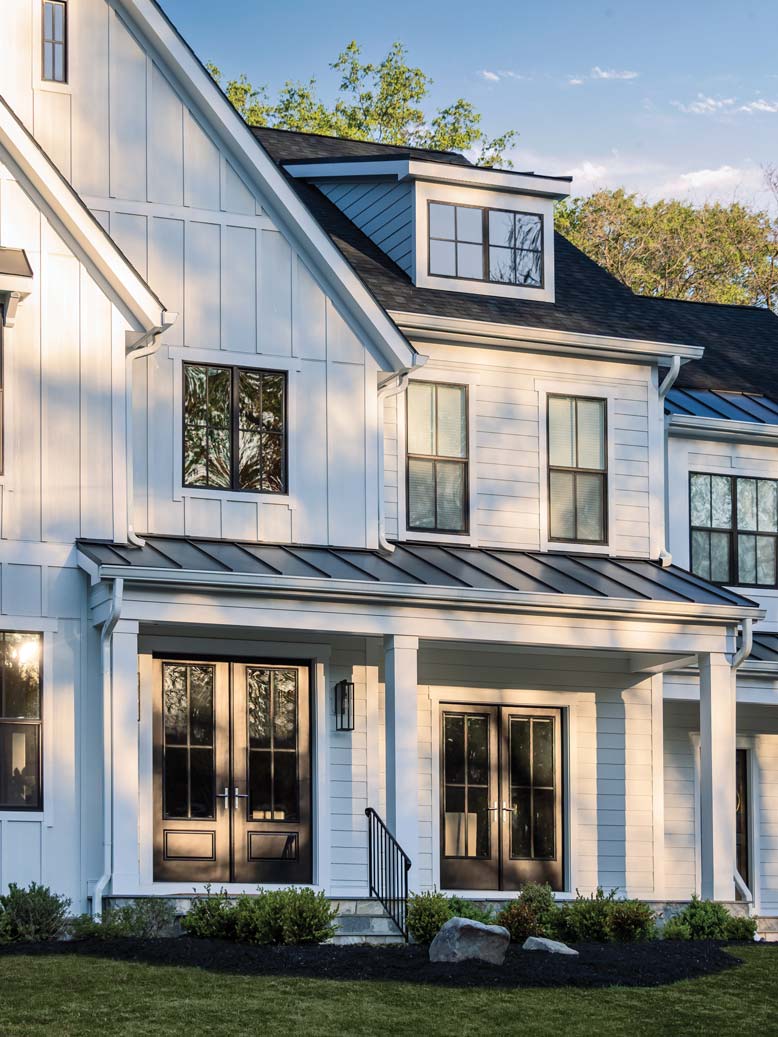
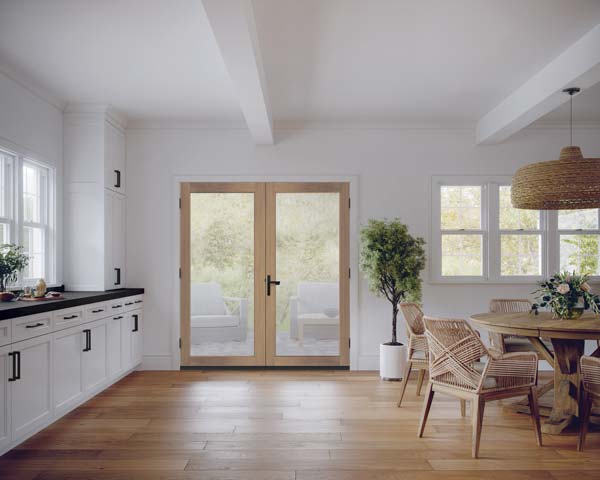
JELD-WEN: Making Energy-Efficiency and Sustainable Design Simple
In the rapidly evolving world of construction, staying informed about industry standards and guidelines is paramount. ENERGY STAR® and LEED are at the forefront of promoting energy efficiency and sustainability. Understanding their updates and criteria is essential for builders and manufacturers aiming to deliver energy-efficient and sustainable structures.
At JELD-WEN, we understand the importance of sustainability and energy efficiency. To deliver products your clients can count on, we take numerous regulations and requirements into consideration to ensure we stay aligned with new standards and evolving needs. By partnering with JELD-WEN, you can deliver top-of-the-line products that meet homeowners needs and preferences with ease.
To learn more about what’s next in energy-efficient and sustainable building, download this report or reference the ENERGY STAR® Ask the Experts resource for tips and advice on saving energy at home and work.

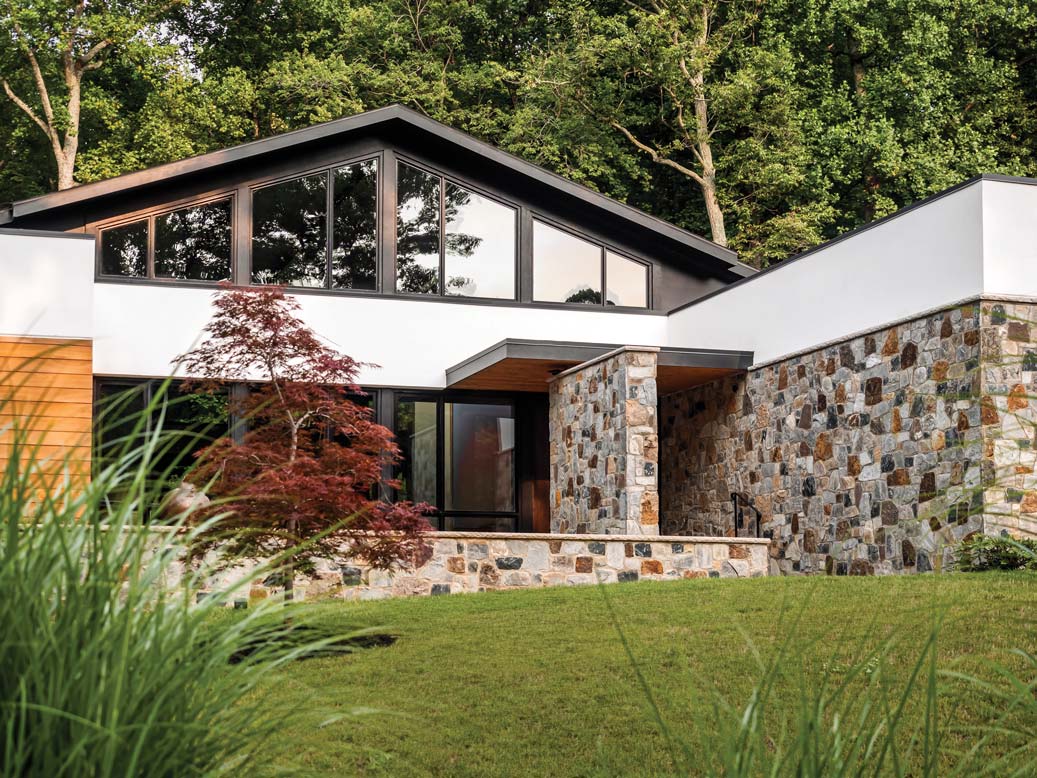
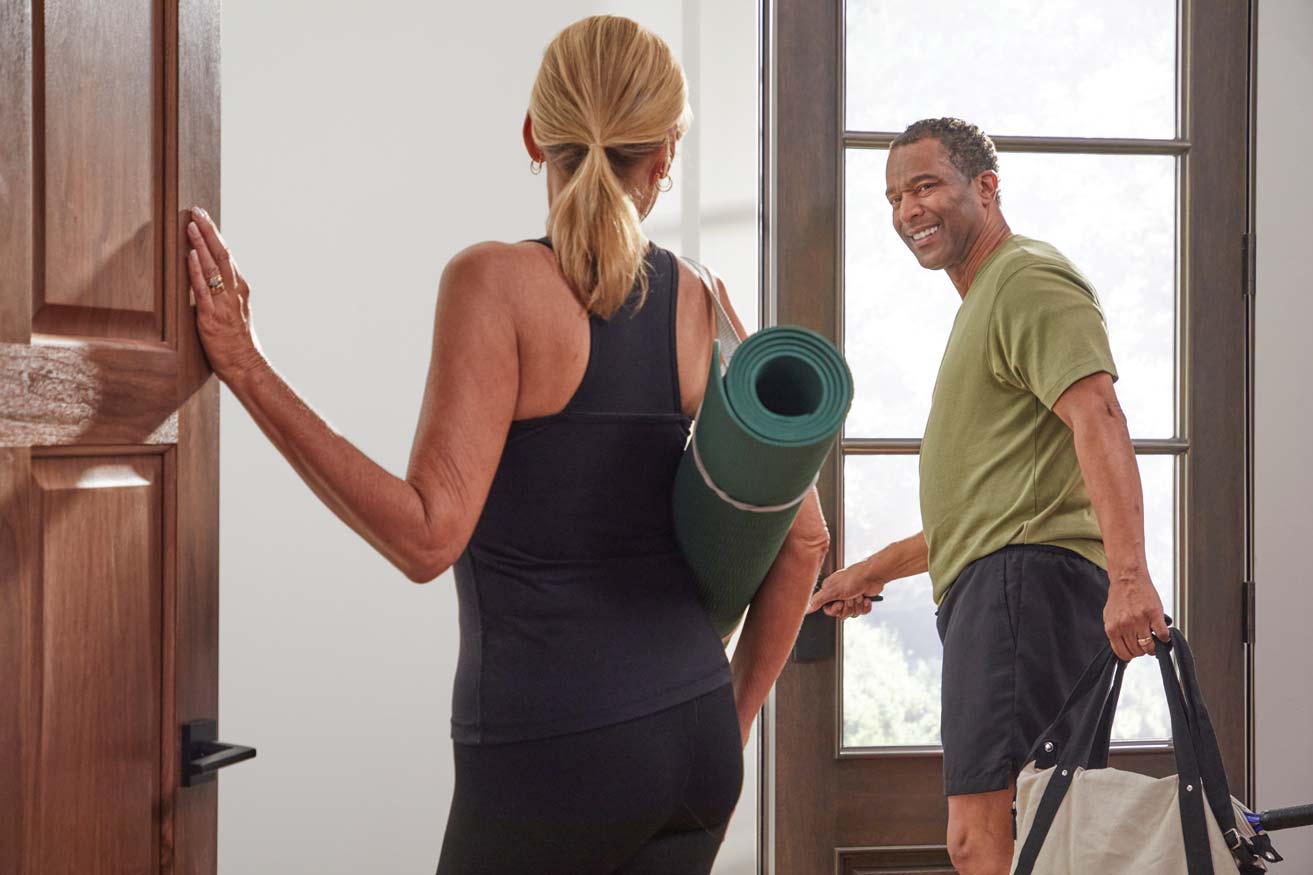
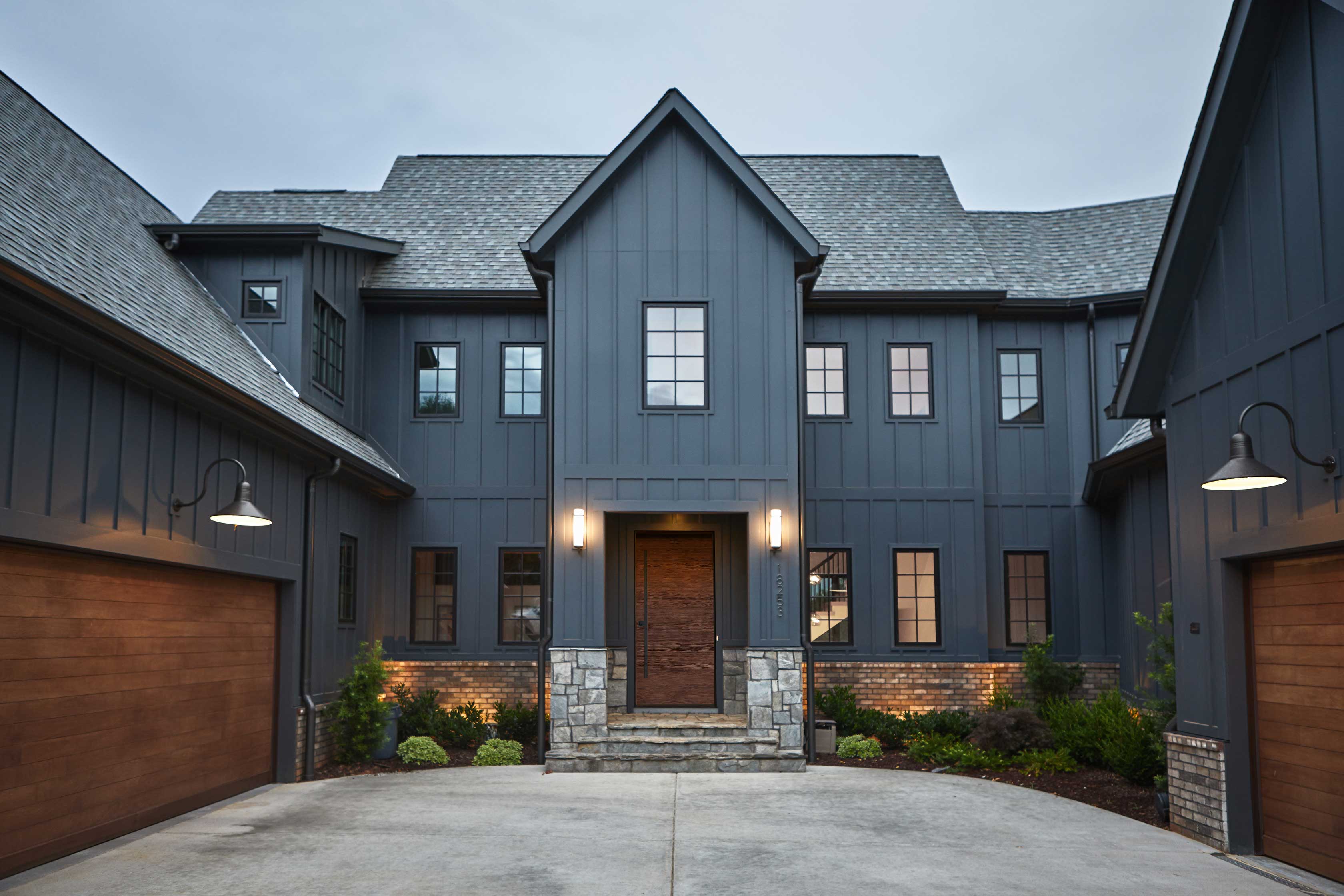
Comments are closed.